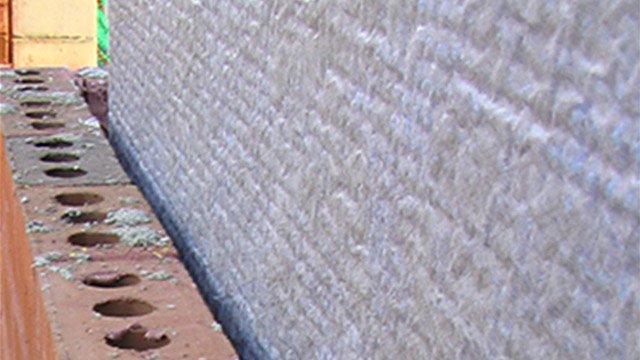The 4 Elements of a Leak
Building scientist, Christine Williamson, provides an insightful perspective on preventing leaks in buildings in her AceLab Nano Course.
Find it here.
She explains that rather than aiming to completely block water, architects should focus on effectively managing water.
As Williamson notes,
“for water infiltration to be problematic the wetting a wall — or a roof — experiences must exceed its capacity to store and redistribute water for long enough to damage the materials that compose it.”
The four key elements needed for a leak to occur are:
#1
A source of water - such as rain or groundwater
#2
A pathway allowing water to travel from the source to where it shouldn’t be - including building joints, transitions, penetrations like windows, and even small pathways like wall fasteners
#3
A driving force pushing the water along the pathway - gravity, wind pressure, capillary action, and hydrostatic pressure being common examples
#4
Moisture-sensitive building materials at risk of damage - like wood sheathing, insulation, and drywall
Rather than obsessively trying to seal every potential pathway, Williamson advocates a more balanced approach she calls “water management.”
To appropriately manage water, not is only sealing major penetrations a priority, but utilizing design strategies to minimize water exposure in the first place is incredibly important.
Overhangs, recesses, and drainage planes in walls all help reduce the water load on sensitive building materials.
Lowering hydrostatic pressures by allowing drainage space behind claddings is also key.
The goal is to bring all four elements - source, pathway, force, and sensitivity - into equilibrium.
As Williamson summarizes,
"…[T]hink holistically about water management. [T]hat means practicing source control, doing the best you can with the pathways, reducing the driving forces, and minimizing the use of moisture sensitive materials."
Her framework provides an invaluable perspective for architects and builders seeking to create durable, energy-efficient structures.
.
.
.
If you need help putting these concepts into practice in your own build, apply to work with me 1:1 by visiting the link, here.
Stay conscious and curious, friend.
♥️C












